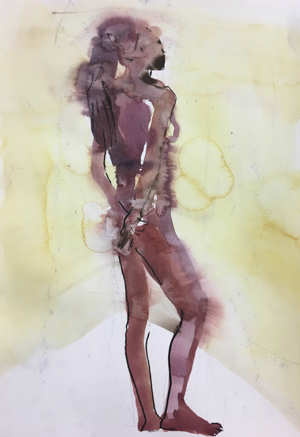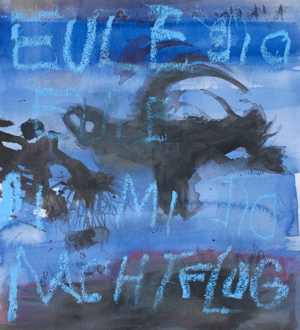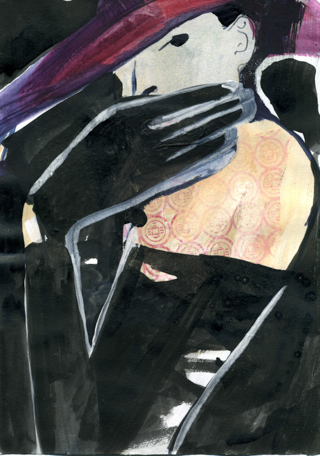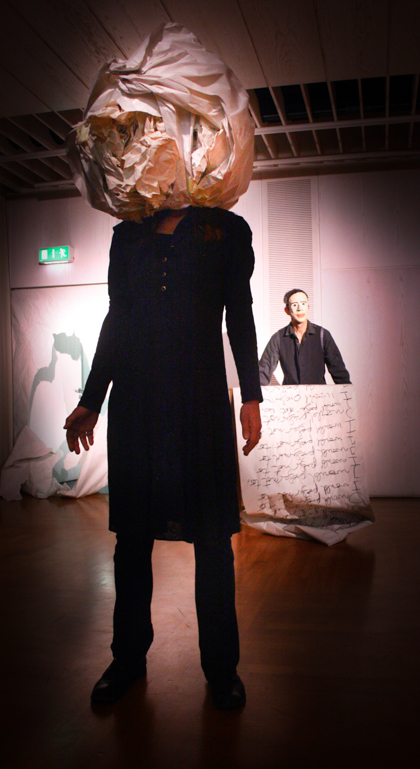
The mythical figure of Lilith shows over the millennia that definitions of what is “male” or “female” depend on context. It makes sense to question the patriarchal dualistic division that defines the “feminine” as a complement or opposition to what was subjectively perceived as “male”.
In the late third millennium BC, the ancient Sumerian goddess inhabited the World Tree. As a goddess, like all female deities of Mesopotamia, she possessed a wide variety of qualities. They combined aggression, violence and belligerence, as well as eroticism, partnership love and motherhood, power over heaven and the underworld, without moral judgment.
In the first chapter of the Bible, almost three thousand years later, God creates the human couple man and woman in His image. In the second chapter, he forms a woman from the man’s rib: Eva. Much later, the contradiction is explained by a change of partner. The first partner would have been Lilith, the second Eva. Lilith left Adam, supposedly because of her rebellious character and because she did not want to submit to herself.
With dualistic patriarchal thinking, the feminine is assigned the characteristics that complement the masculine or form a counterpole to the usually idealized own masculinity and predominantly devalued. This kind of separation and division into male and female characteristics leads to the demonization of Lilith.










